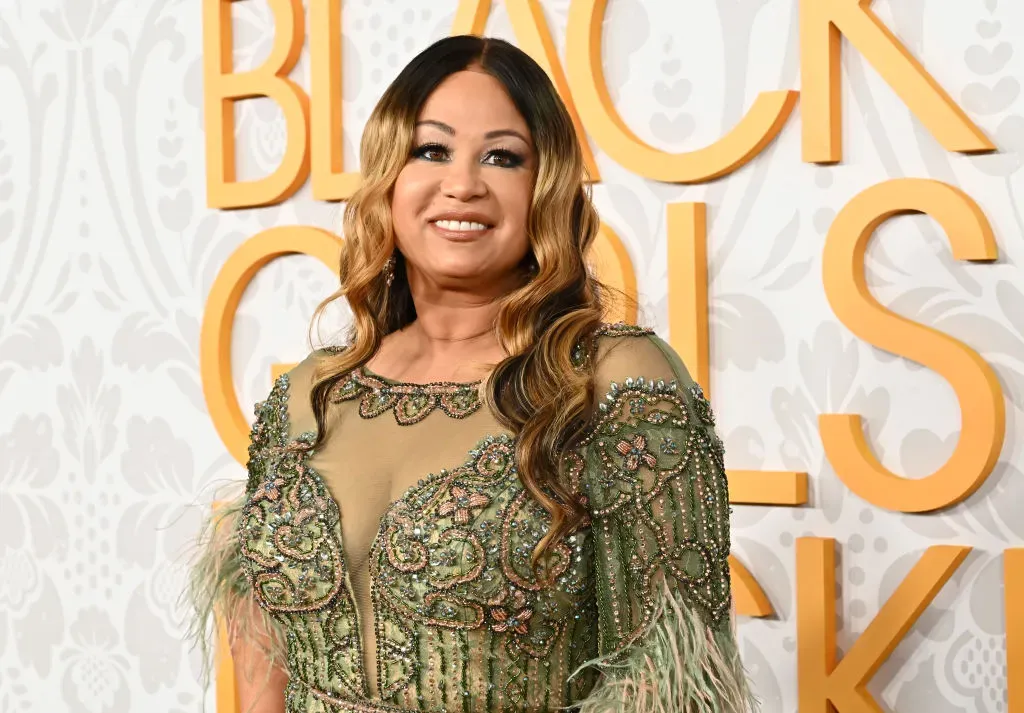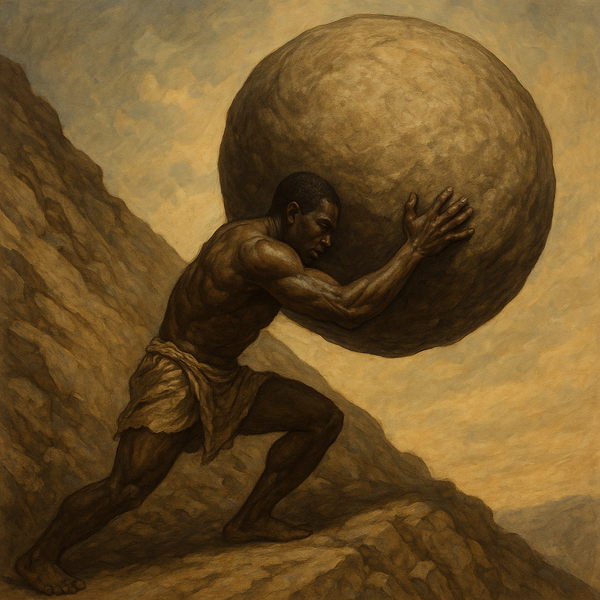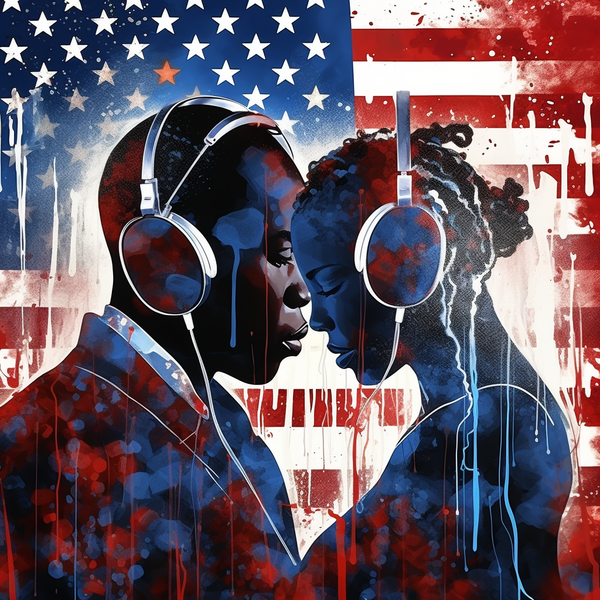Black Women: Underrated and Overlooked in Music

Black Women Who Defined Late '80s and Early '90s Dance Music and Their Global Impact
The late 1980s and early 1990s marked a golden era for dance music, particularly with the explosion of house, garage, and electronic music on both sides of the Atlantic. While these genres have their roots in Black American culture, many of the artists behind the biggest hits saw their influence resonate even more strongly overseas than in the United States. At the heart of this movement were powerhouse Black women whose voices and artistry defined an era, yet often went unrecognized or underappreciated in mainstream U.S. media. This article explores the contributions of key Black female vocalists who shaped the dance music landscape and examines why their music found an even larger audience abroad.
House Music’s Foundations and the Role of Black Women
House music, emerging from Chicago in the early 1980s, built upon the legacy of disco and soul, incorporating electronic drum machines and deep, pulsating basslines. As the genre evolved, it became a launching pad for many Black female vocalists whose voices were integral to its anthemic quality. The soulful, gospel-infused vocals of these singers gave house music its emotional depth, transforming what might otherwise have been simple club tracks into cultural milestones.
Iconic Voices and Their Contributions
CeCe Peniston – Finally (1991)
CeCe Peniston’s "Finally" became one of the most recognizable house tracks of the early '90s. Its uplifting message and infectious beat made it a dancefloor staple. While it found success in the U.S., it was particularly embraced in Europe, where house music had developed a fervent following.
Robin S – Show Me Love (1993)
Robin S’s "Show Me Love" is another definitive house anthem, with its signature Korg M1 organ riff becoming a hallmark of the genre. The song’s influence extended far beyond its initial release, with multiple remixes and samples keeping it relevant in club culture for decades.
Crystal Waters – Gypsy Woman (She’s Homeless) (1991)
Crystal Waters brought an unmistakable sound to dance music with "Gypsy Woman (She’s Homeless)," a track that blended deep house beats with socially conscious lyrics. Its infectious “la da dee, la da da” hook ensured global success, particularly in European markets.
Martha Wash – The Uncredited Powerhouse
Martha Wash’s voice is behind some of the most recognizable dance tracks of the era, including C+C Music Factory’s "Gonna Make You Sweat (Everybody Dance Now)" and Black Box’s "Strike It Up." However, she was often uncredited, leading to legal battles that ultimately helped set new standards for vocal crediting in the industry. Her voice, nonetheless, was instrumental in defining the sound of early '90s dance music.
Jocelyn Brown – Somebody Else’s Guy & Sampling Legacy
Jocelyn Brown’s impact extended beyond her own releases. While "Somebody Else’s Guy" was a hit in its own right, her vocals have been sampled extensively in house and dance music, particularly in European productions.
Loleatta Holloway – The Most Sampled Voice in House
Loleatta Holloway’s vocals powered numerous tracks, most famously Black Box’s "Ride on Time," which initially did not credit her. Despite legal challenges, her voice became synonymous with the energetic, gospel-infused power that defined dance music’s peak era.
Barbara Tucker – The Queen of House
Barbara Tucker’s career in house music remains strong, with tracks like "Beautiful People" cementing her status as a club legend. Her influence extended deeply into the underground dance scenes of both the U.S. and Europe.
Ultra Naté – Carrying the Torch into the Late ‘90s
While slightly later than the initial wave, Ultra Naté’s "Free" (1997) exemplified how house music had evolved while maintaining its deep, soulful roots. The track was a massive success in European dance clubs, further highlighting the global reach of this genre.
Why Was This Music Bigger Abroad?
Despite originating in the U.S., house music and its associated vocalists found a more receptive audience overseas, particularly in the U.K. and continental Europe. Several factors contributed to this phenomenon:
- Cultural Reception: House and electronic music were embraced as serious artistic movements in Europe, whereas in the U.S., they were often marginalized or associated strictly with underground club culture.
- Race and Industry Politics: Many Black female vocalists faced systemic barriers to recognition in the U.S. mainstream industry, leading to their work being under-promoted.
- Club Culture in Europe: The rise of rave culture in the U.K. and the prominence of Ibiza as a dance music hub helped propel these tracks to legendary status.
Conclusion
The contributions of Black American women to dance music cannot be overstated. Their voices, often sampled, remixed, and reimagined, laid the foundation for some of the most memorable tracks in dance music history. While their music may have been underappreciated at home, their legacy continues to thrive globally. As dance music continues to evolve, their influence remains embedded in the fabric of the genre, proving that great music knows no borders.





